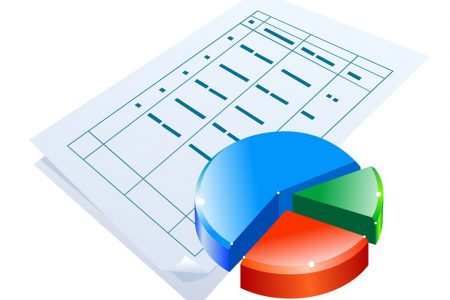Data Science Statistics: Using Python to Compute & Visualize Statistics
Learners continue their exploration of data science in this 10-video course which deals with using NumPy Pandas and SciPy libraries to perform various statistical summary operations on real data sets. This beginner-level course assumes some prior experience with Python programming and an understanding of basic statistical concepts such as mean standard deviation and correlation. The course opens by exploring different ways to visualize data by using the Matplotlib library including univariate and bivariate distributions. Next you will move to computing descriptor statistics for distributions such as variance and standard error by using the NumPy Pandas and SciPy libraries. Learn about the concept of the z-score in which every value in a distribution is expressed in terms of the number of standard deviations from the mean value. Then cover the computation of the z-score for a series using SciPy. In the closing exercise you will make use of the matplotlib data visualization library through three points represented by given coordinates then enumerate all of the details which are conveyed in a Boxplot.


